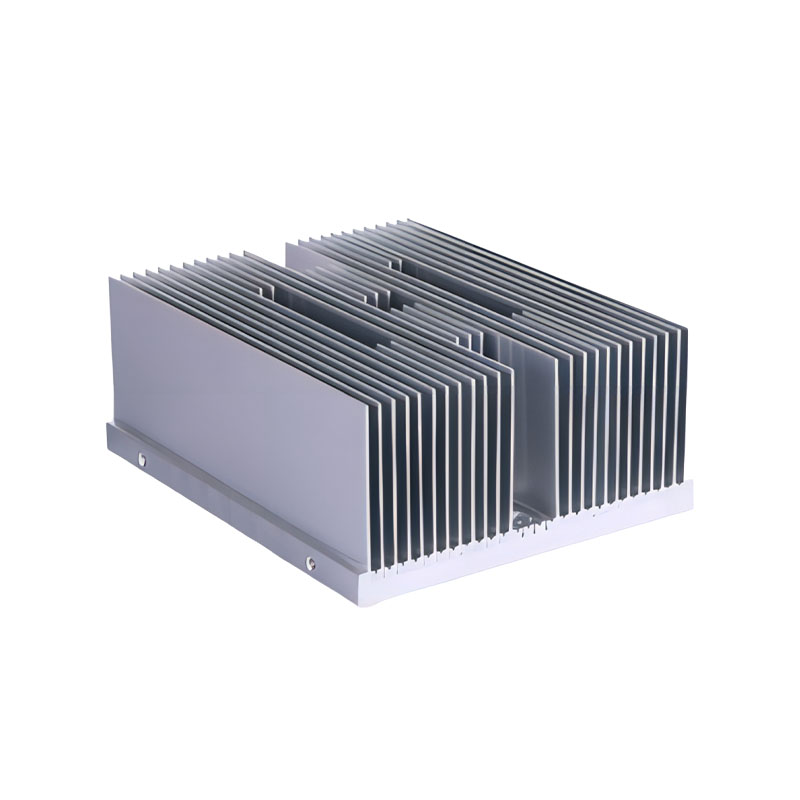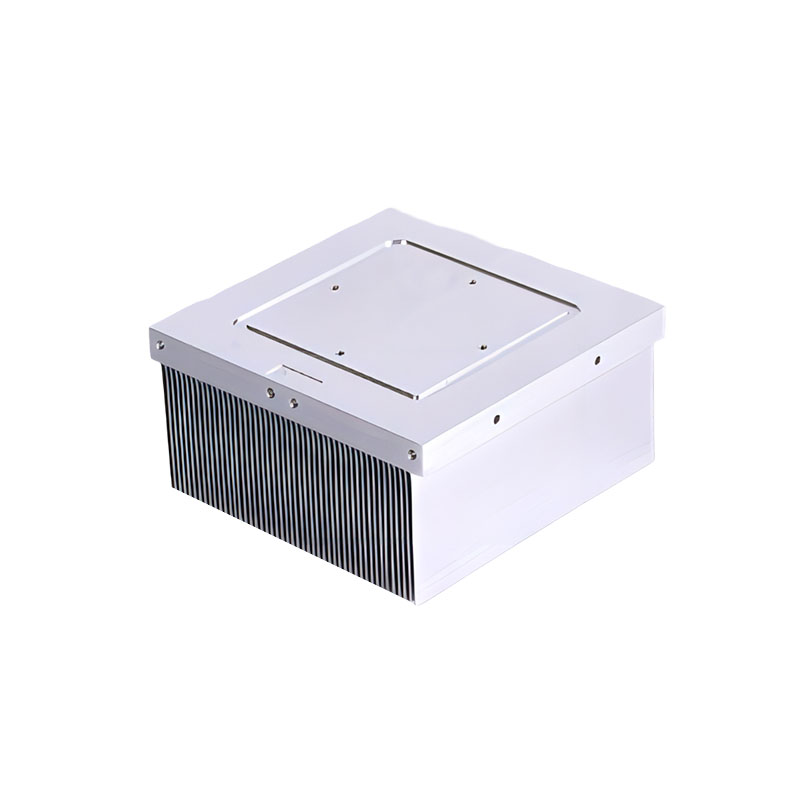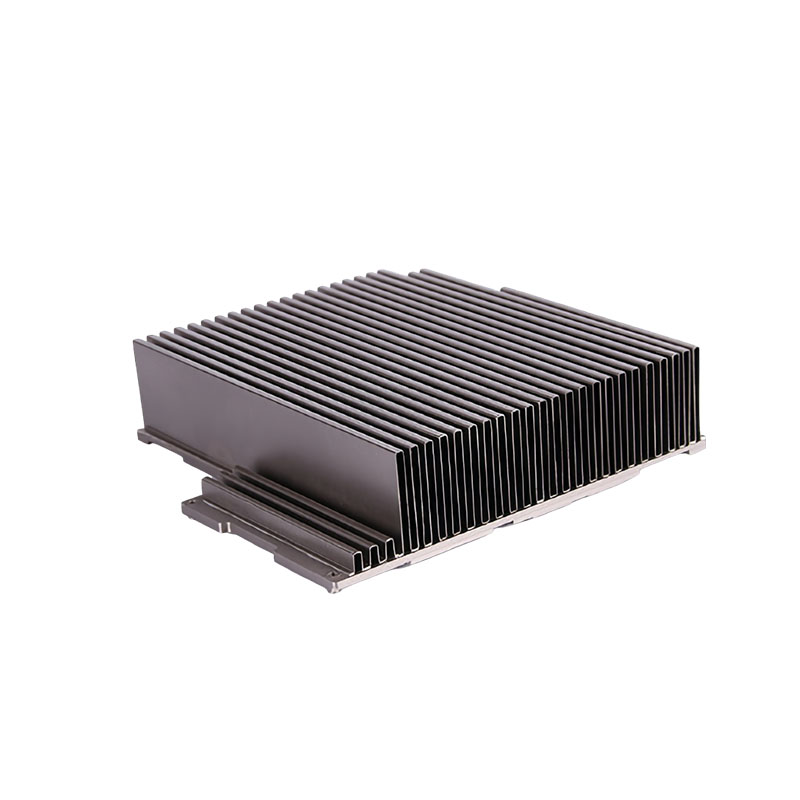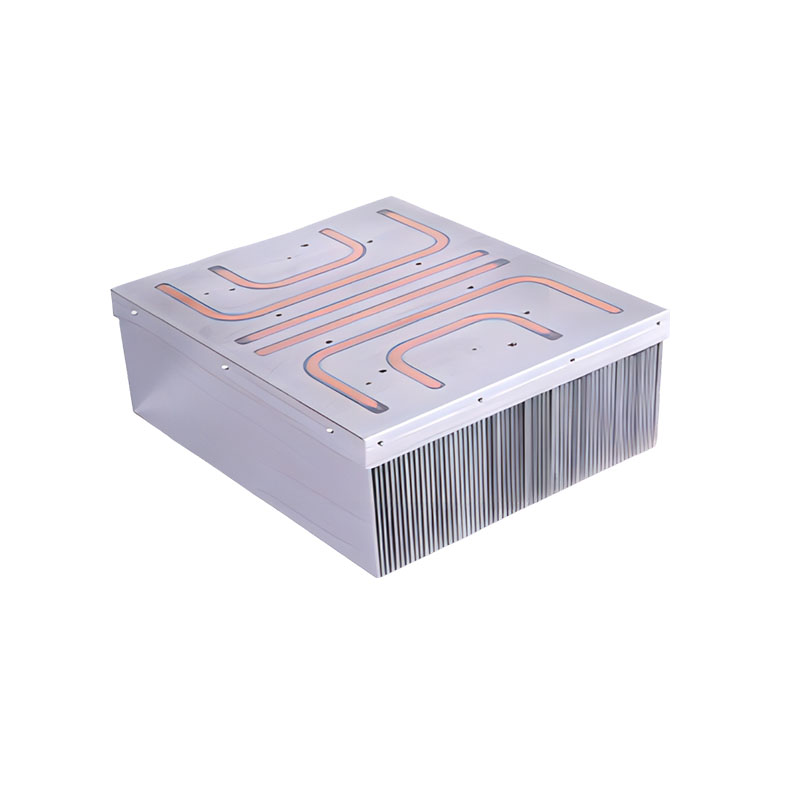How to ensure the sealing and corrosion resistance of the weld during water cooling plates welding?
Release Time : 2025-03-13
As an indispensable part of the modern industrial cooling system, the welding process of the water cooling plate is crucial to ensure the overall performance and service life. Especially in terms of the sealing and corrosion resistance of the weld, any minor flaws may cause the cooling system to fail, or even cause a bigger failure. Therefore, in the process of water cooling plates welding, a series of precise and systematic measures must be taken to ensure that the weld meets the highest quality standards.
The key to ensuring the sealing of the weld is to choose the right welding technology and fine process control. Laser welding technology has become the first choice for water cooling plates welding with its high precision and high efficiency. This technology uses a high-energy-density laser beam, which is focused by a precise optical system and irradiated on the workpiece to be welded, so that the material melts and re-solidifies in a very short time to form a dense weld. This process not only ensures the sealing of the weld, but also greatly reduces the welding deformation and the range of the heat-affected zone, and improves the overall quality of the weld.
In addition, stir friction welding is another commonly used water cooling plates welding technology. It generates heat through friction between the high-speed rotating stirring head and the workpiece, so that the material is partially melted and connected. This method performs well in forming a sealed flow channel and can also effectively ensure the sealing of the weld.
However, relying solely on advanced welding technology is not enough. The corrosion resistance of the weld is also an issue that cannot be ignored. In order to ensure the corrosion resistance of the weld, the composition and quality of the welding materials must be strictly controlled. In water cooling plates welding, welding materials that match the base material and have good corrosion resistance should be selected. At the same time, the alloy element content in the welding material should also be considered to ensure that the weld can form a dense oxide protective film after welding to resist the erosion of the external environment.
In addition to material selection, process control during welding is also the key to ensuring the corrosion resistance of the weld. This includes the precise setting of parameters such as welding current, voltage, welding speed, as well as the cleanliness of the welding environment and the implementation of protective measures. Before welding, the workpiece should be thoroughly cleaned to remove impurities such as oil, moisture and oxides on the surface. During the welding process, it should be ensured that the welding area is always under the protection of inert gas to prevent harmful gases such as oxygen and nitrogen in the air from corroding the weld.
In addition, quality inspection and performance testing after welding are equally important. This includes visual inspection of the weld, sealing test, corrosion resistance test, etc. Through these tests, possible defects and problems in the weld can be discovered in time, and corresponding remedial measures can be taken.
In summary, water cooling plates welding is a complex process involving many factors and technical requirements. Only by selecting the correct welding technology, strictly controlling welding materials and process parameters, and strengthening quality monitoring and performance testing during welding can the sealing and corrosion resistance of the weld be ensured to meet the highest standards. This is not only the key to improving the overall performance and service life of the water cooling plate, but also an indispensable part of modern industrial manufacturing.
The key to ensuring the sealing of the weld is to choose the right welding technology and fine process control. Laser welding technology has become the first choice for water cooling plates welding with its high precision and high efficiency. This technology uses a high-energy-density laser beam, which is focused by a precise optical system and irradiated on the workpiece to be welded, so that the material melts and re-solidifies in a very short time to form a dense weld. This process not only ensures the sealing of the weld, but also greatly reduces the welding deformation and the range of the heat-affected zone, and improves the overall quality of the weld.
In addition, stir friction welding is another commonly used water cooling plates welding technology. It generates heat through friction between the high-speed rotating stirring head and the workpiece, so that the material is partially melted and connected. This method performs well in forming a sealed flow channel and can also effectively ensure the sealing of the weld.
However, relying solely on advanced welding technology is not enough. The corrosion resistance of the weld is also an issue that cannot be ignored. In order to ensure the corrosion resistance of the weld, the composition and quality of the welding materials must be strictly controlled. In water cooling plates welding, welding materials that match the base material and have good corrosion resistance should be selected. At the same time, the alloy element content in the welding material should also be considered to ensure that the weld can form a dense oxide protective film after welding to resist the erosion of the external environment.
In addition to material selection, process control during welding is also the key to ensuring the corrosion resistance of the weld. This includes the precise setting of parameters such as welding current, voltage, welding speed, as well as the cleanliness of the welding environment and the implementation of protective measures. Before welding, the workpiece should be thoroughly cleaned to remove impurities such as oil, moisture and oxides on the surface. During the welding process, it should be ensured that the welding area is always under the protection of inert gas to prevent harmful gases such as oxygen and nitrogen in the air from corroding the weld.
In addition, quality inspection and performance testing after welding are equally important. This includes visual inspection of the weld, sealing test, corrosion resistance test, etc. Through these tests, possible defects and problems in the weld can be discovered in time, and corresponding remedial measures can be taken.
In summary, water cooling plates welding is a complex process involving many factors and technical requirements. Only by selecting the correct welding technology, strictly controlling welding materials and process parameters, and strengthening quality monitoring and performance testing during welding can the sealing and corrosion resistance of the weld be ensured to meet the highest standards. This is not only the key to improving the overall performance and service life of the water cooling plate, but also an indispensable part of modern industrial manufacturing.







